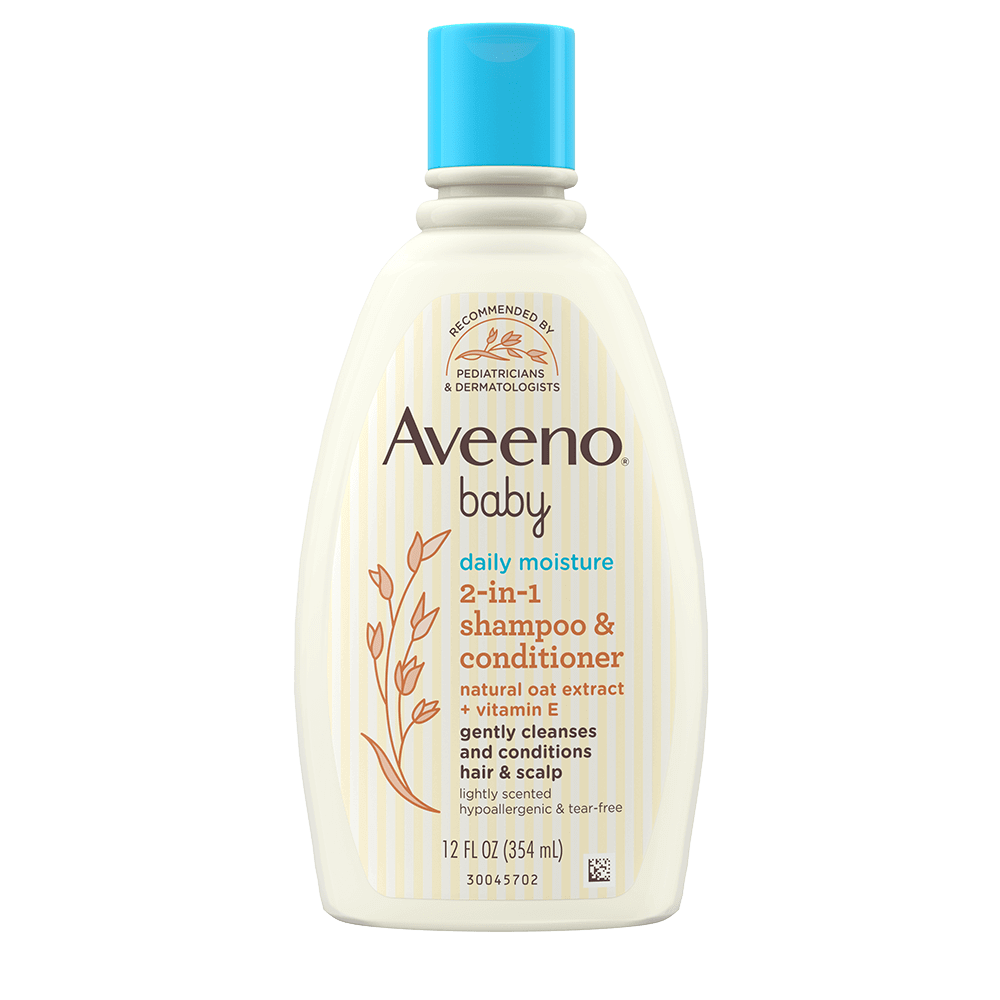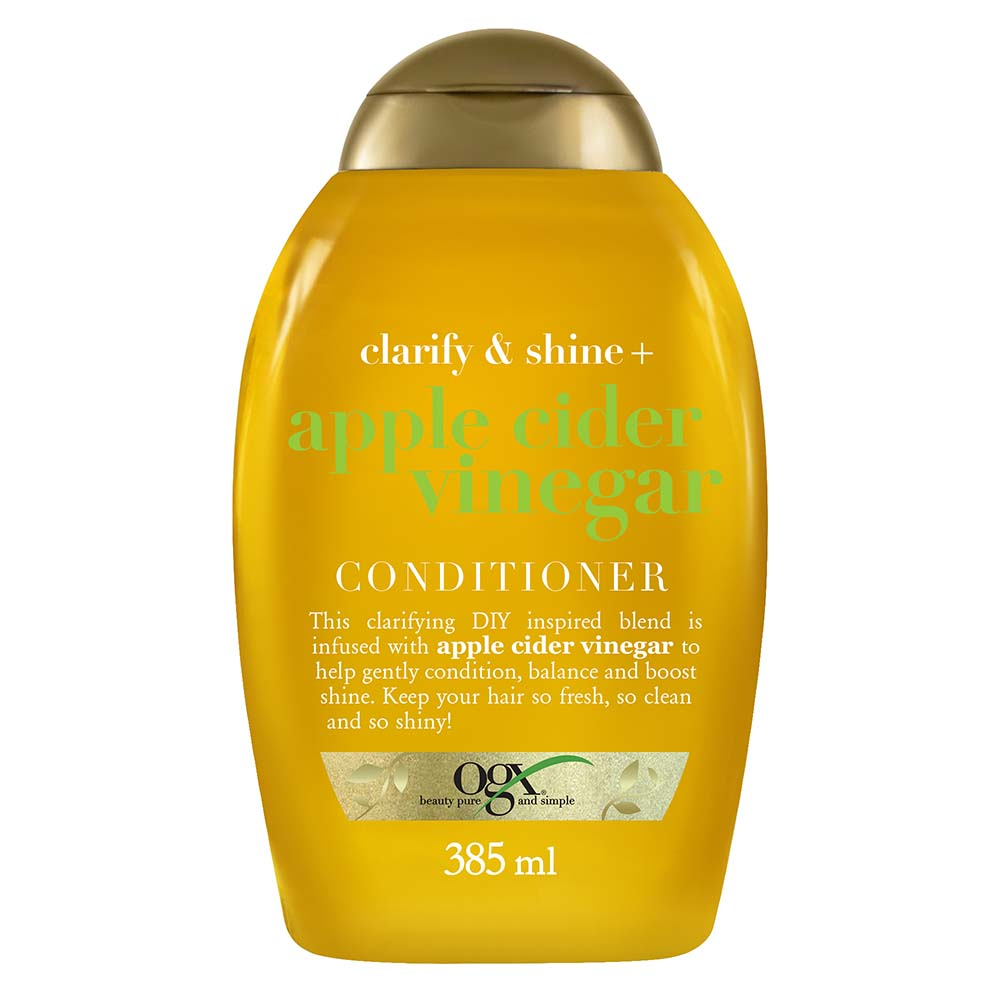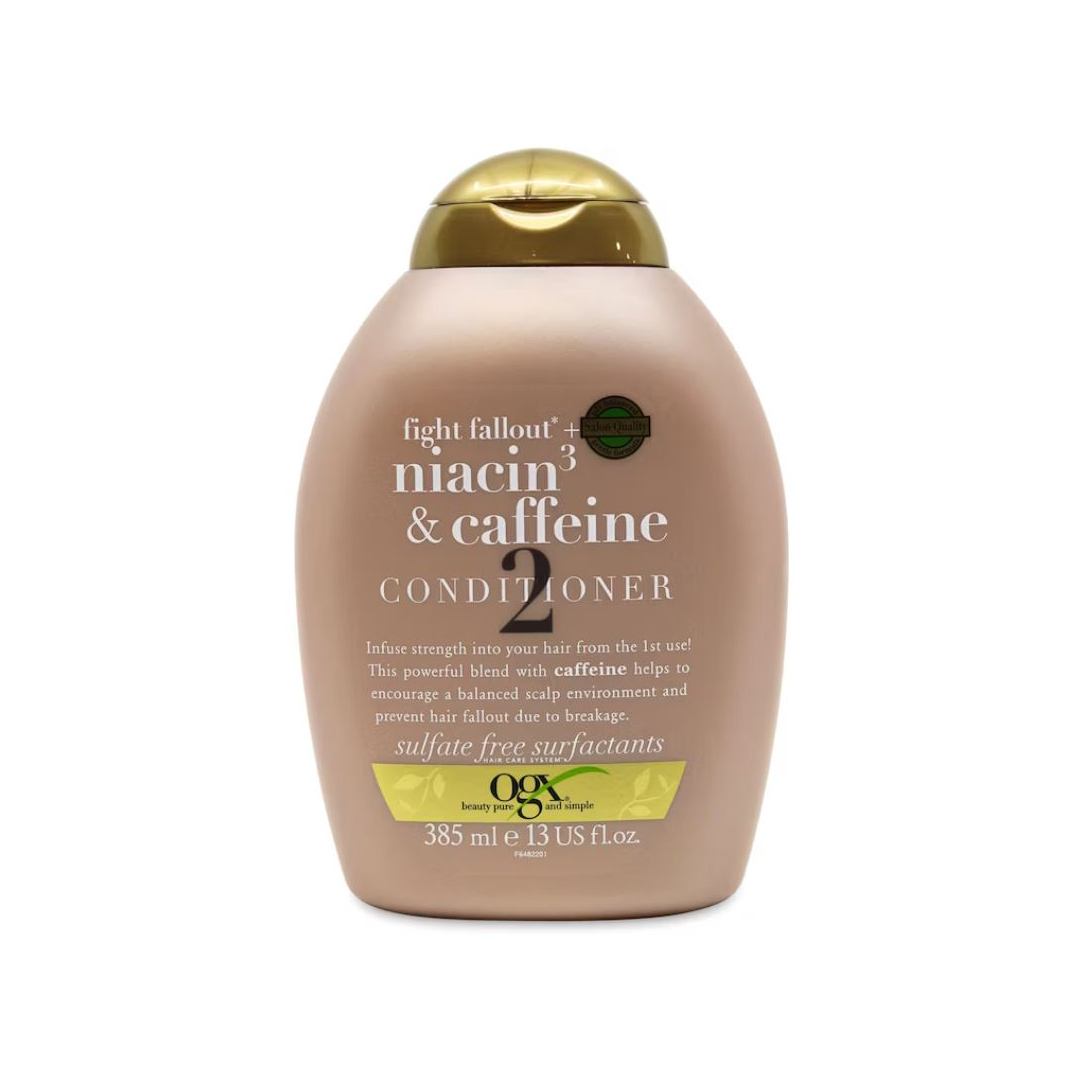Unlock the secret to beautiful, healthy hair with 30 Minute Deal, your ultimate destination for hair conditioner price comparison in Bangladesh. We understand that finding the right conditioner is crucial for maintaining soft, smooth, and manageable hair. Our platform offers real-time pricing for an extensive range of local and international hair conditioner brands, from trusted names like Dove, Pantene, and L’Oreal to specialized hair care solutions.
Whether you’re looking for moisture-rich formulas, color-protection treatments, or solutions for damaged or curly hair, we’ve got you covered. Find your perfect hair conditioner at the best price, only at 30 Minute Deal.
Why Hair Conditioner is a Must-Have for Bangladeshi Hair While shampoo cleanses your hair by removing dirt and oil, it can sometimes strip away essential moisture, leaving your hair feeling dry and tangled. This is where hair conditioner steps in as a crucial second step in your hair care routine, restoring balance and vitality. Benefits: Improved manageability and detangling: Conditioners smooth the hair cuticles, making your hair easier to comb through, reducing knots, and preventing breakage during styling. Reduced frizz and breakage: By sealing the hair cuticle, conditioner helps to lock in moisture, which is vital in Bangladesh's humid climate to combat frizz. It also strengthens the hair shaft, making it less prone to breakage from daily wear and tear. Enhanced shine and softness: A well-conditioned hair strand reflects light better, giving your hair a healthy, lustrous shine. It also leaves your hair feeling incredibly soft and silky to the touch. Protection against environmental damage (humidity, pollution common in Bangladesh): Conditioners can form a protective barrier around your hair strands, shielding them from the harsh effects of humidity, pollution, and UV rays, which are prevalent environmental stressors in Bangladesh. Understanding Different Types of Hair Conditioners The world of hair conditioners is diverse, with formulations designed to meet specific hair needs. Knowing the different types can help you choose the most effective product for your routine. Rinse-Out Conditioners: These are the most common type, used daily after shampooing. You apply them, leave them on for a few minutes, and then rinse them out thoroughly. They provide basic hydration, detangling, and shine. Leave-In Conditioners: As the name suggests, these conditioners are not rinsed out. Applied to damp hair after washing, they provide continuous hydration, detangling, and protection throughout the day. They are particularly beneficial for dry, frizzy, or curly hair, offering an extra layer of moisture and manageability. Deep Conditioners/Hair Masks: These are intensive treatments designed to provide profound nourishment and repair. Richer in active ingredients, they are typically used once or twice a week for longer periods (10-30 minutes) to address significant dryness, damage, or chemical treatment effects. Co-Wash Conditioners: Short for "conditioner washing," co-washes are formulated to cleanse and condition hair simultaneously without the use of traditional shampoo. They are ideal for individuals with very dry, curly, or coily hair who want to avoid the drying effects of frequent shampooing. Specific Formulations: Beyond these main categories, conditioners are often tailored for specific concerns: Volumizing: For fine or limp hair, designed to add body without weighing it down. Color-protecting: Formulated to prevent color fading in chemically treated hair. Anti-dandruff: Contains ingredients to soothe the scalp and combat flakes. Smoothing: Aims to tame frizz and make hair sleek and straight. Key Ingredients: What to Look For and What to Avoid Understanding the ingredients in your hair conditioner is crucial for choosing a product that truly benefits your hair and avoids potential irritants. Beneficial Ingredients: Natural oils (Argan, Coconut, Jojoba, Almond): These oils are excellent emollients, providing deep moisture, shine, and improving hair elasticity. Coconut oil is particularly popular in Bangladesh for its nourishing properties. Shea Butter, Glycerin, Hyaluronic Acid (for moisture): These are humectants and emollients that attract and retain moisture in the hair, combating dryness and frizz. Keratin, Proteins (for repair): Proteins like keratin, wheat protein, or silk protein help to strengthen damaged hair strands, fill in gaps in the cuticle, and reduce breakage. Vitamins (E, B5): Vitamins like Vitamin E (antioxidant) and Vitamin B5 (Panthenol, for moisture and shine) contribute to overall hair health. Botanical extracts (Aloe Vera, Green Tea): These extracts can offer soothing, anti-inflammatory, and antioxidant benefits to the scalp and hair. Ingredients to Limit/Avoid (especially for sensitive scalps or specific hair types): Sulfates (can strip natural oils): While good for cleansing, sulfates (like Sodium Lauryl Sulfate) can sometimes be too harsh, stripping natural oils and leading to dryness, especially for those with dry, curly, or color-treated hair. Parabens (preservatives, some concerns): These are preservatives used to prevent bacterial growth. While widely used, some individuals prefer to avoid them due to ongoing debates about their potential health impacts. Silicones (can build up, but some are water-soluble): Silicones provide immediate smoothness and shine by coating the hair. However, some non-water-soluble silicones can build up over time, leading to dullness and weighing down hair. Look for water-soluble silicones (ending in -cone, -conol, or -xane) if you prefer them. Heavy mineral oils (can weigh down fine hair): Mineral oil can be a good emollient, but for fine or oily hair, it can be too heavy, leading to a greasy feel and lack of volume. Excessive artificial fragrances and dyes: These can be potential irritants for sensitive scalps and may not offer any hair benefits. Opt for naturally fragranced products or those with minimal artificial additives if you have sensitivities. Choosing the Right Conditioner for Your Hair Type & Concerns Selecting the perfect conditioner is about understanding your unique hair needs and the challenges posed by your environment. Hair Type: Oily Hair: Look for lightweight, clarifying, and non-greasy formulas. Avoid heavy oils and butters that can exacerbate oiliness. Dry/Damaged Hair: Hydrating, repairing, and deep conditioning formulas are essential. Seek out ingredients like natural oils, shea butter, and proteins to restore moisture and strength. Fine/Thin Hair: Opt for volumizing, lightweight, and non-heavy conditioners that won't weigh down your strands. Avoid rich, creamy textures. Thick/Coarse Hair: Rich, moisturizing, and smoothing conditioners are best to tame frizz and provide ample hydration. Curly/Wavy Hair: Curl-defining, moisturizing, and frizz-controlling conditioners are key. Look for products that enhance natural curl patterns without making them stiff. Color-Treated Hair: Choose color-safe, sulfate-free conditioners that help preserve your hair color and provide UV protection. Specific Concerns: Frizz: Look for smoothing, hydrating, and anti-humidity formulas. Breakage: Conditioners with proteins and strengthening ingredients can help. Dullness: Products designed to enhance shine and smoothness are beneficial. Hair Fall: While conditioner doesn't directly treat hair fall, a healthy scalp and strong hair can reduce breakage-related hair fall. Look for fortifying conditioners. Dandruff: Some conditioners are formulated with anti-dandruff agents to complement medicated shampoos. Climate Considerations: Bangladesh's high humidity can be a major factor. If you experience frizz due to humidity, look for conditioners that specifically offer anti-frizz or humidity-resistant properties. Conversely, in drier seasons, focus on maximum hydration. Tips for Effective Conditioner Application Applying conditioner correctly maximizes its benefits and ensures your hair gets the nourishment it needs without being weighed down. After Shampooing: After rinsing out your shampoo, gently squeeze out any excess water from your hair. This allows the conditioner to penetrate the hair shaft more effectively rather than being diluted by water. Focus on Ends: Dispense an appropriate amount of conditioner into your palm (usually a coin-sized amount, adjust for hair length and thickness). Apply the conditioner primarily from the mid-lengths to the ends of your hair. The ends are typically the oldest and driest parts of your hair and need the most moisture. Avoid applying directly to the scalp, especially if you have oily hair, as this can lead to greasiness or product buildup. Leave-In Time: Refer to the product instructions for the recommended leave-in time. For most rinse-out conditioners, 1-3 minutes is sufficient for the ingredients to work their magic. For deep conditioners or hair masks, you might need to leave them on for 5-20 minutes, or even longer as specified, to allow for deeper penetration and repair. Rinse Thoroughly: After the recommended time, rinse your hair thoroughly with cool or lukewarm water until the water runs clear and your hair feels smooth, not slimy. Leaving residue can weigh down your hair and make it look dull. (This step does not apply to leave-in conditioners). Frequency: The frequency of conditioning depends on your hair type and needs. Most people use rinse-out conditioner every time they shampoo. If you have very oily hair, you might opt for every other wash, or simply apply it more sparingly to the ends. Deep conditioners are typically used once or twice a week. Frequently Asked Questions (FAQs) About Hair Conditioner What is the average Hair Conditioner Price in Bangladesh? Prices vary widely depending on brand, size, type, and ingredients. You can find basic conditioners starting from BDT 150-200, while premium or specialized conditioners can go up to BDT 800-1500 or more. How often should I use hair conditioner? Most people can use rinse-out conditioner every time they shampoo. If you have very oily hair, you might use it less frequently, focusing only on the ends. Deep conditioners are typically used once or twice a week. Can I use conditioner on my scalp? Generally, it's recommended to apply conditioner from the mid-lengths to the ends of your hair, avoiding the scalp. Applying it directly to the scalp can weigh down hair, make it greasy, or even clog pores for some hair types. However, some specialized scalp conditioners or co-washes are designed for scalp application. What's the difference between conditioner and a hair mask? Conditioners are for daily use, providing basic hydration and detangling. Hair masks (deep conditioners) are more intensive treatments with higher concentrations of nourishing ingredients, designed to provide deeper repair and hydration, typically used less frequently. How do I know which conditioner is right for my hair type? Identify your hair type (oily, dry, fine, thick, colored, curly, etc.) and your primary hair concerns (frizz, damage, dullness). Look for conditioners specifically formulated for those needs. Reading reviews and checking ingredients can also help. Are sulfate-free conditioners better? Sulfate-free conditioners are often preferred for color-treated hair, sensitive scalps, or dry/curly hair, as sulfates can sometimes strip natural oils and color. However, for some, sulfates are not an issue. It depends on individual preference and hair reaction.

















